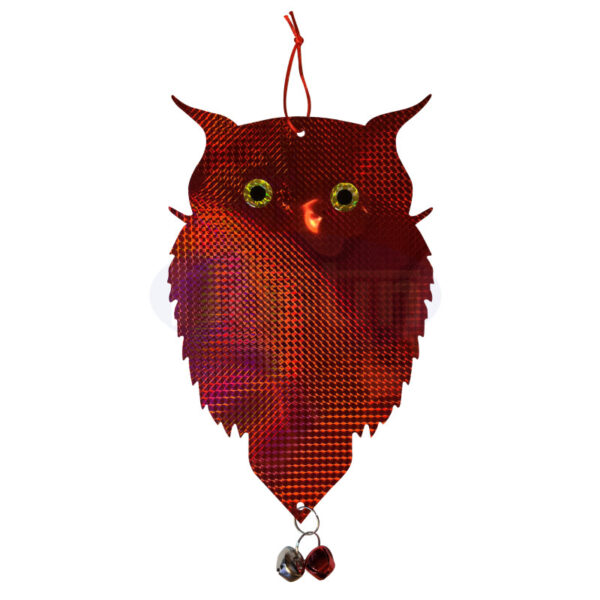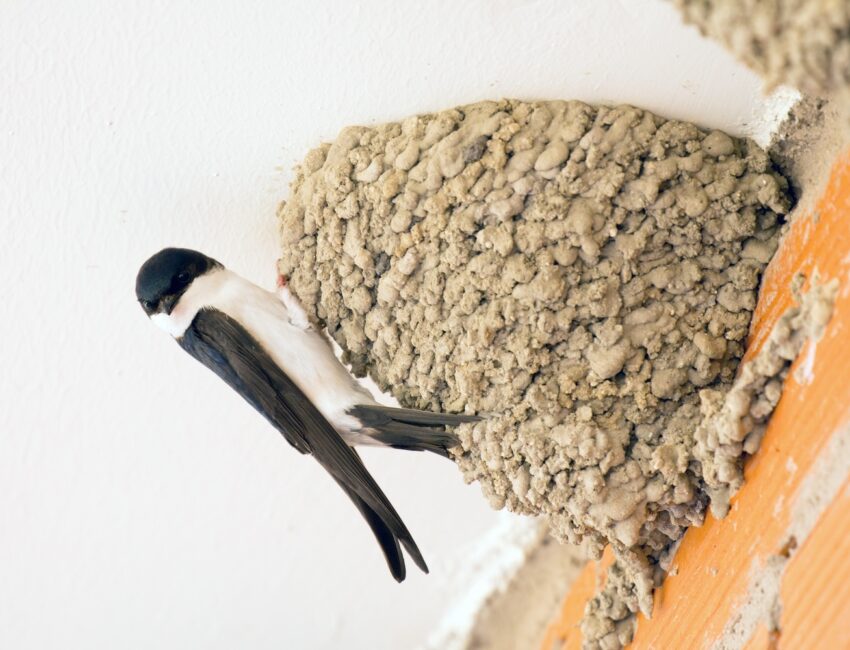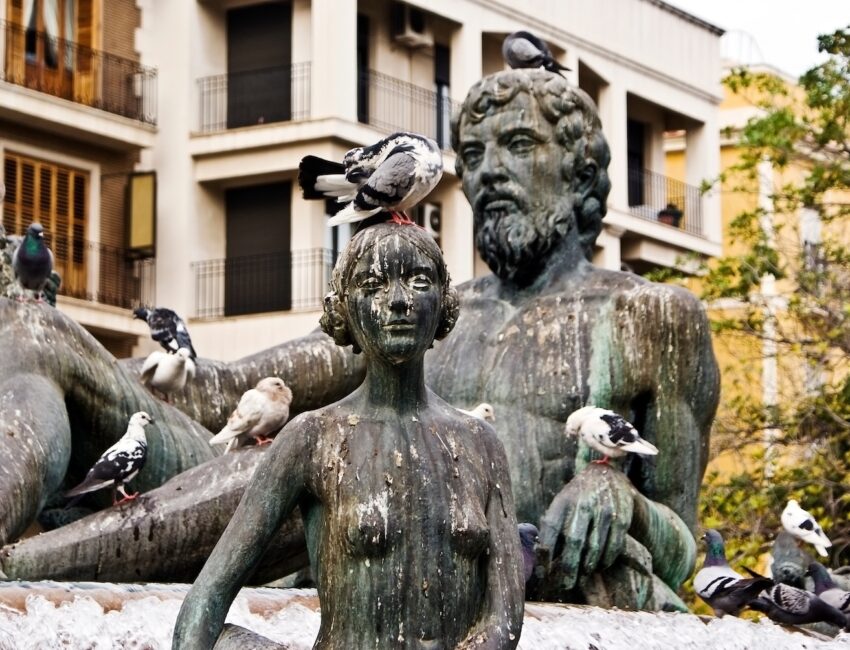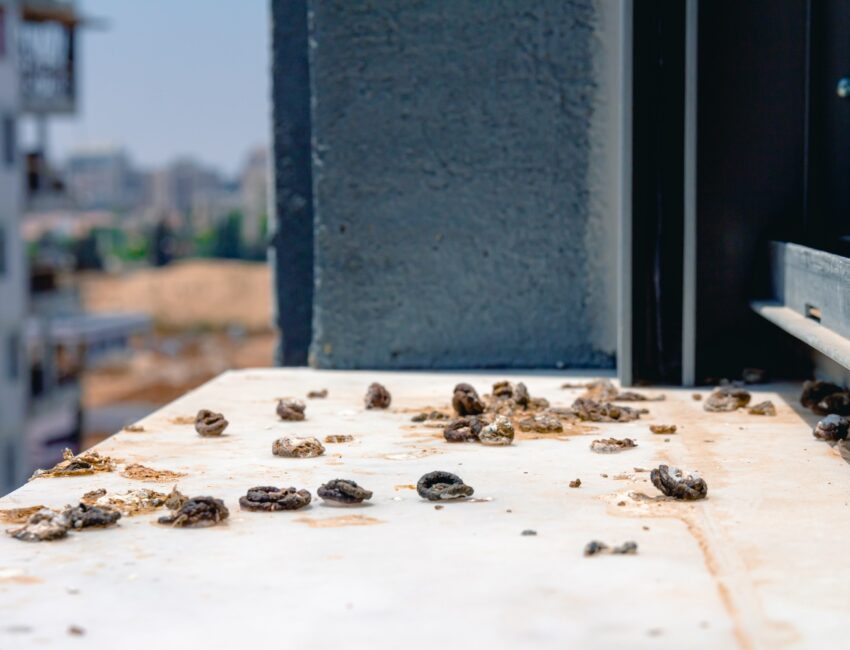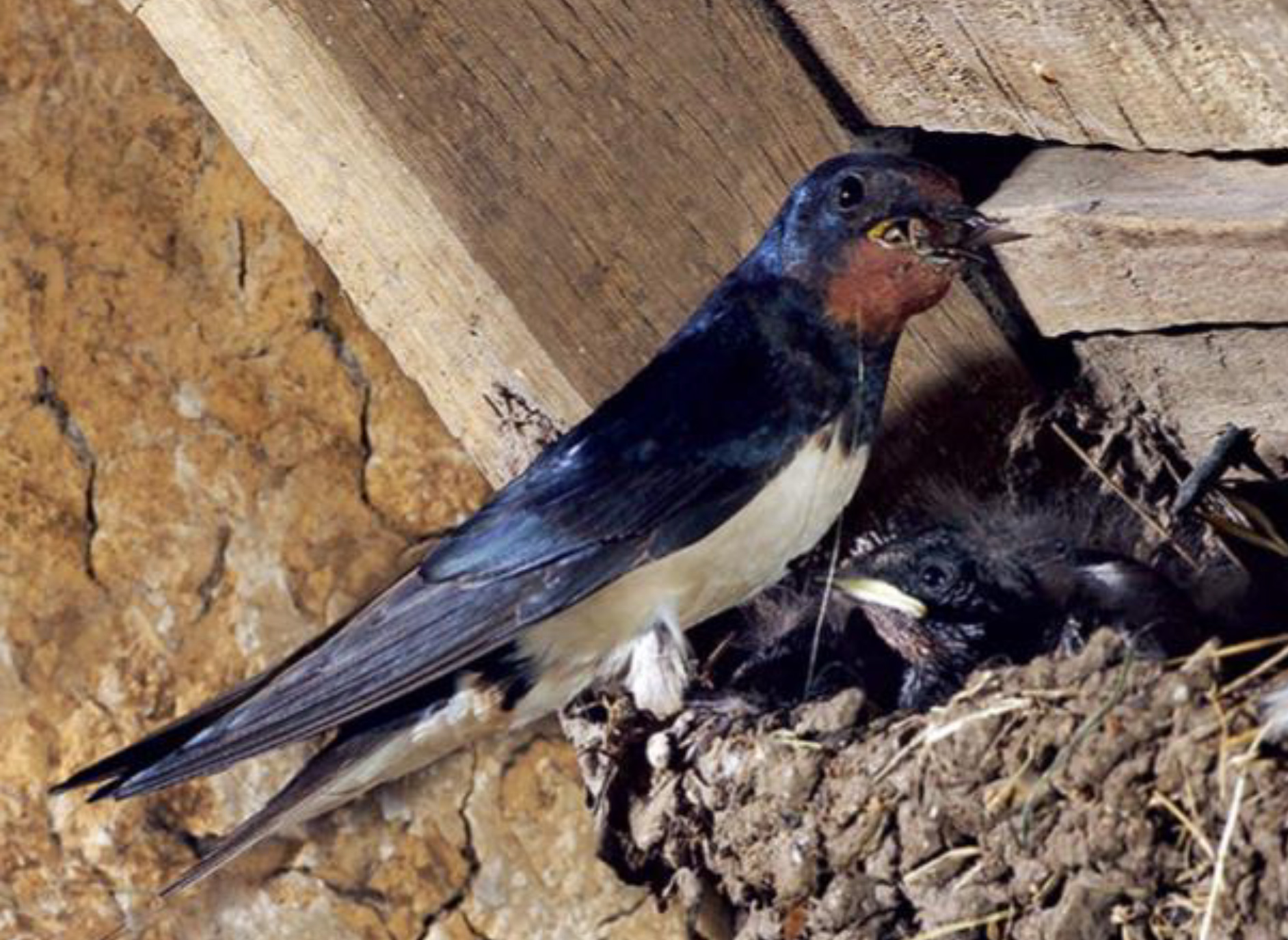
The common house martin arrives in Slovakia at the end of April, around St. George’s Day, which is why it is colloquially called “jurička”. The word derived from the Slovak name Juraj, which corresponds to George in English.
The house martins return to Europe usually at the end of April around St. George’s Day. In comparison to swallows, house martins have shorter wings and a distinctive white rump on their upper body above the tail. Their slender blue bodies with snow-white bellies are approximately 16 – 18 cm tall. They can find some fans, especially thanks to their pleasant chirping.
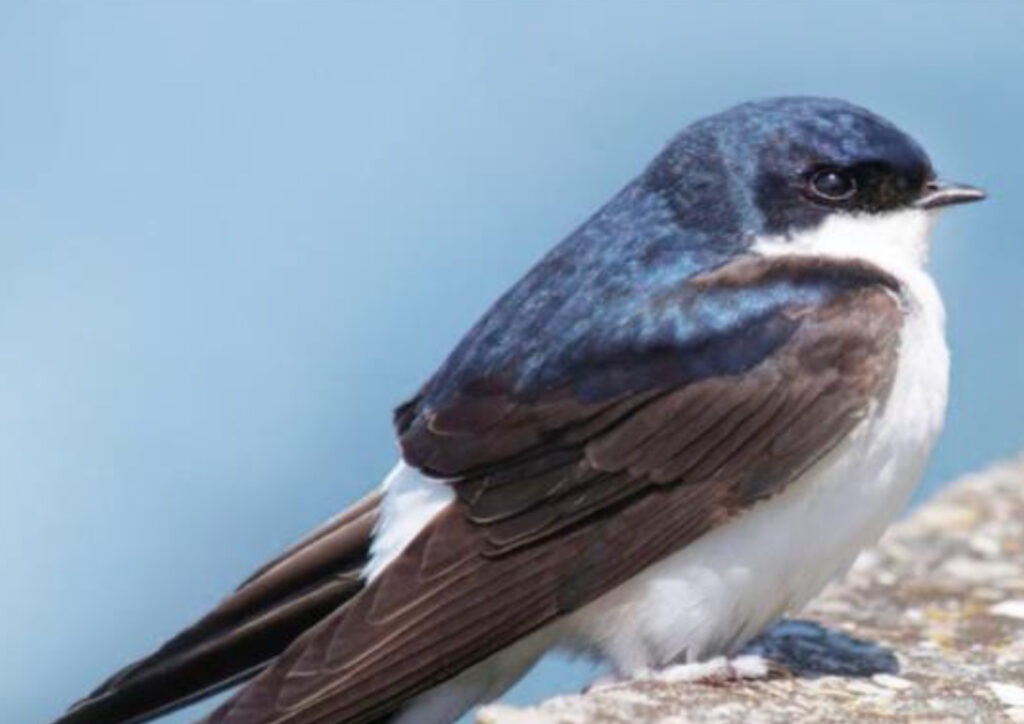
Originally, the martins used to nest in rocky areas and mountains or on the cliffs on the seaside. Nowadays, they come closer and closer to humans and become attached to inhabited areas. They choose areas close to civilization and build their nets on houses or commercial buildings. Blocks of flats are not an exception. Compared to swallows, martins prefer closed nests with narrow openings, usually built on facades, in corners, and the gutters, window frames, or balconies. The nests are built mostly from pieces of dry mud – the martins carry them in their beaks, combine them with their saliva, and ‘glue’ them to create their nests.
The House martins usually migrate to equatorial Africa for winter and come to Europe at the end of March or the beginning of April. They build their nests 2 or 3 times a year, between May and September. When they do it repeatedly, the young martins from the first litter help their parents with feeding the younglings. The mating takes place in the finished nest. A female martin lays 3 to 5 eggs and she and her partner take turns to sit on them for approximately 2 weeks. Subsequently, they feed the younglings for 24 to 28 days. The house martins reach adulthood in their second year.
The old myths say that martins bring luck to the house and protect it from fire. They feed on flies and other insects, such as mosquitoes, aphids, small spiders, or flying ants and so are considered a useful species. They belong to endangered species and belong to protected birds. You should not destroy their nests under any circumstances. It is not only forbidden, but you could also destroy their eggs or endanger the younglings.
In case their presence is undesirable for you, it is ideal to act earlier than they start to build their nests. No doubt, the martins are able to pollute a large area quite quickly. To avoid it, you can install bird barriers, sparkling objects, or other types of bird deterrents. Another possibility is to use artificially created nests and redirect the martins to places, where they will not cause any damage.
